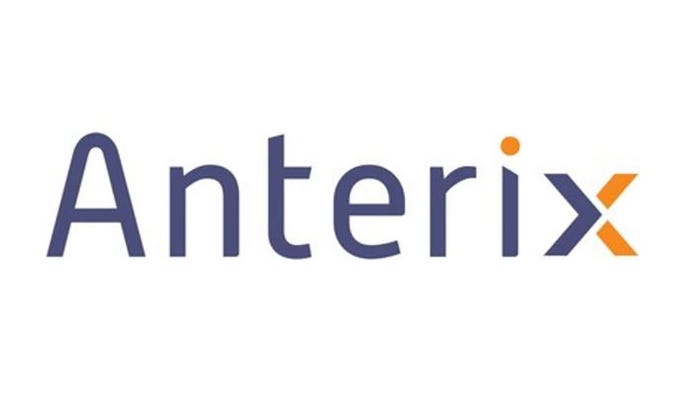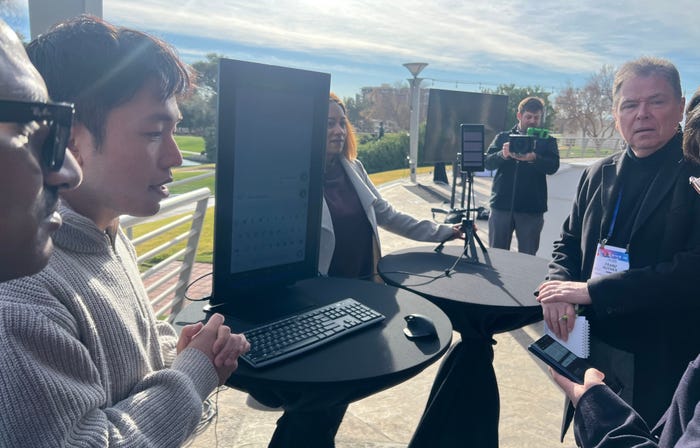FCC votes to launch NG911 proceeding to align wireline, wireless 911 requirementsFCC votes to launch NG911 proceeding to align wireline, wireless 911 requirements

FCC commissioners today voted unanimously to support a notice of proposed rulemaking (NPRM) that would require all telecom service providers to deliver 911 calls in an IP format and would make those providers responsible for absorbing costs associated with doing so if no state or local funding alternative exists.
Most of the requirements in the proposed rulemaking are similar to rules already in place for wireless carriers, but today’s NPRM—spurred by a 2021 petition from the National Association of State 911 Administrators (NASNA)—would extend those mandates to wireline and other telecom providers that deliver emergency calls to 911 centers. If implemented, the NPRM is designed to ensure that operators do not delay the transition of the 911 system to IP-based next-generation 911 technology, according to FCC documents.
“We … seek to align the NG911 transition rules for wireline, interconnected VoIP, and Internet-based TRS providers with similar requirements we have proposed for CMRS and covered text providers in the Location-Based Routing NPRM, thereby promoting consistency across service platforms,” according to language in the FCC’s draft NPRM.
“Finally, our demarcation point and cost allocation proposals seek to address what NASNA described in its petition as ‘the critical component, and biggest regulatory roadblock, to transitioning to NG911 services.’”
FCC Chairwoman Jessica Rosenworcel noted the importance of 911 centers—also known as public-safety answering points (PSAPs)—being able to receive emergency calls from operators in an IP format.
“This is a critical part of facilitating the transition of more than 6,000 public-safety answering points nationwide to next-generation 911,” Rosenworcel said during today’s meeting. “We do this because what comes next with 911 technology is really big. Next-generation 911 will provide better support for voice, text, data, and video communications. It means more redundancy to protect against outages.
“And for those who call, it will mean the opportunity to provide real-time video of the emergency. It will mean the ability to provide first responders with instantaneous pictures. And it will mean the ability to transmit a patient’s medical records right to 911 dispatchers. And for those who take in those calls in an emergency, all of this data can expedite and inform public-safety efforts and dramatically improve emergency response.”
Each of the other three FCC commissioners also expressed their support for the item, including FCC Commissioner Geoffrey Starks, who noted other steps the FCC has taken in recent years to bolster 911 services.
“We’ve made it easier, quicker and faster for first responders to locate callers automatically and for employees and hotel guests to secure help from a multiline phone,” Starks said during the FCC meeting. “We’ve improved the reliability and resilience of our networks and our situational awareness in the wake of an outage. We’ve expanded the tools available to restore communications after a disaster. So, as we look ahead, requiring providers to deliver calls and information in IP is a critical next step.”
FCC Commissioner Nathan Simington echoed this sentiment, noting the importance of the transition to NG911 in the delivery of emergency responses in the future and the retirement of legacy technology.
“NG911 will, of course, help PSAPs and first responders get the vital information that they need to respond to an emergency as quickly and effectively as possible, but it will also modernize and simplify our country’s 911 infrastructure by allowing states to retire legacy 911 systems and move completely to IP-based delivery of emergency calls and texts,” Simington said during the FCC meeting.
In addition to the proposed requirement that telecom service providers deliver 911 calls in an IP format to 911 centers, the draft NPRM would clarify that these service providers—including interconnected VoIP, CMRS and Internet-based TRS provides—would bear the costs of making the IP translation nationally. However, this would not apply in locations where other state or local cost provisions exist.
“Under this proposal, states and localities would remain free to establish alternative cost allocation arrangements with providers,” according to the FCC draft NPRM. “However, in the absence of such arrangements, providers would be presumptively responsible for the costs associated with delivering traffic to the destination point(s) identified by the appropriate 911 authority.”
Jonathan Gilad, director of government affairs at NENA-The 911 Association, applauded the FCC’s approval of the NPRM in a prepared statement provided to IWCE’s Urgent Communications.
“We have long advocated for a fair and workable regulatory framework that would require all entities involved in a 911 call to provide end-to-end NG911 capabilities by a date certain,” according to Gilad’s statement. “This rulemaking ultimately will accelerate the provision of faster, more accurate emergency response services and help eliminate the costly maintenance of legacy 911 systems.
“We look forward to working with the Commission and all parties in developing such a framework under the proposed rulemaking.”
Of course, the measures included in the NPRM will not be relevant until 911 centers complete the transition to NG911 technology—something few, if any, have accomplished to date. While pockets of the U.S. are pursuing NG911 deployment, many in the industry believe a nationwide rollout of NG11 is realistic only with significant federal funding.
With this in mind, Rosenworcel reiterated her proposal that the FCC’s spectrum-auction authority be renewed with a stipulation that proceeds from future auctions be used to generate the funds necessary to pay for NG911 implementation throughout the U.S.
“As I proposed last year, when Congress reauthorizes this agency’s spectrum-auction authority, it has a golden opportunity to direct revenues from our next set of auctions to a new, nationwide fund to support the transition to next-generation 911,” Rosenworcel said. “Let’s use public airwaves to support public safety.”





